Scientists from the National University of Singapore have developed an innovative catalyst that achieves a significantly lower carbon footprint, paving the way for greener chemical and pharmaceutical manufacturing processes.
Tag: chemistry and materials
Accelerating Sustainable Semiconductors With ‘Multielement Ink’
Scientists have demonstrated “multielement ink” – the first “high-entropy” semiconductor that can be processed at low-temperature or room temperature. The new material could enable cost-effective and energy-efficient semiconductor manufacturing.
LED Material Shines Under Strain
A team led by researchers at Lawrence Berkeley National Laboratory (Berkeley Lab) and UC Berkeley has demonstrated an approach for achieving LEDs with near 100% light-emission efficiency at all brightness levels.
Key to Carbon-Free Cars? Look to the Stars
In a decade-long quest, scientists at Berkeley Lab, the University of Hawaii, and Florida International University uncover new clues to the origins of the universe – and land new chemistry for cleaner combustion engines
Discovery of new material could someday aid in nuclear nonproliferation
A newly discovered quasicrystal that was created by the first nuclear explosion at Trinity Site, N.M., on July 16, 1945, could someday help scientists better understand illicit nuclear explosions and curb nuclear proliferation.
Revealing Nano Big Bang – Scientists Observe the First Milliseconds of Crystal Formation
At Berkeley Lab’s Molecular Foundry, scientists recruited a world-leading microscope to capture atomic-resolution, high-speed images of gold atoms self-organizing, falling apart, and then reorganizing many times before settling into a stable, ordered crystal.
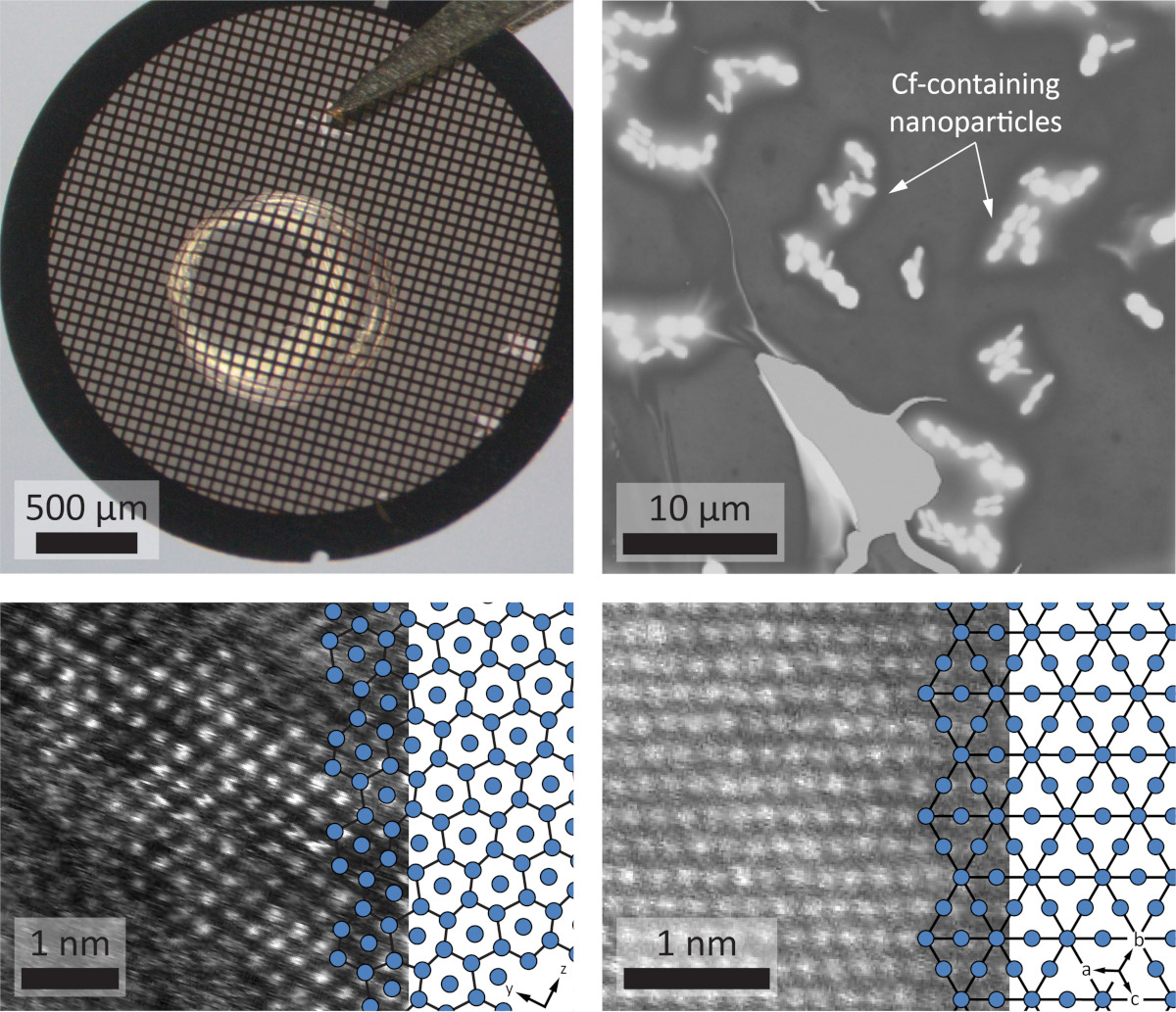
Do You Know the Way to Berkelium, Californium?
Scientists at Berkeley Lab have demonstrated how to image samples of heavy elements as small as a single nanogram. The new approach will help scientists advance new technologies for medical imaging and cancer therapies.
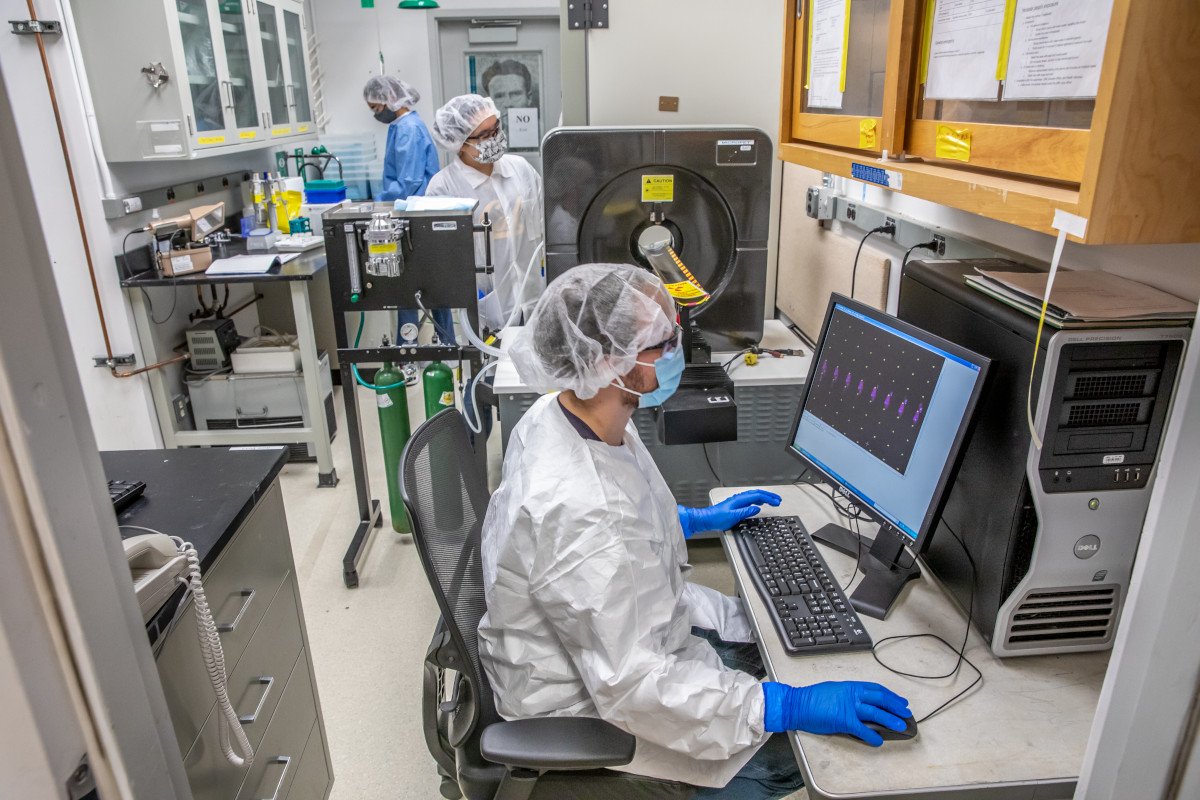
Scientists Recruit New Atomic Heavyweights in Targeted Fight Against Cancer
Researchers from Berkeley Lab and Los Alamos National Laboratory have developed new methods for the large-scale production, purification, and use of the radioisotope cerium-134, which could serve as a PET imaging radiotracer for a highly targeted cancer treatment known as alpha-particle therapy.
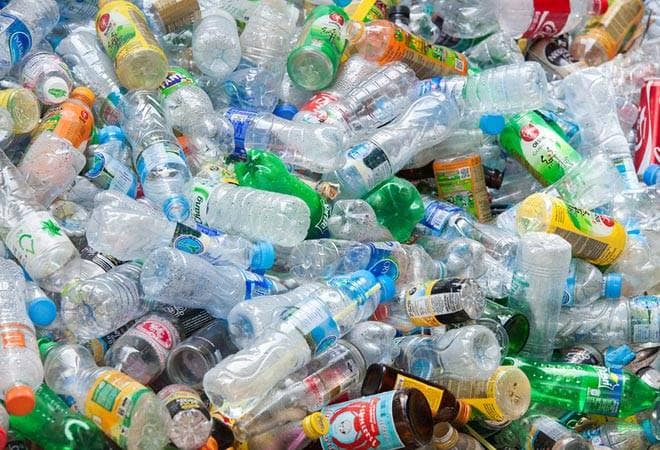
A first-of-its-kind catalyst mimics natural processes to break down plastic and produce valuable new products
A team of scientists led by the U.S. Department of Energy’s Ames Laboratory has developed a first-of-its-kind catalyst that is able to process polyolefin plastics, types of polymers widely used in things like plastic grocery bags, milk jugs, shampoo bottles, toys, and food containers.

What’s Nanotechnology? Kristin Persson Explains at 4 Different Levels
In celebration of National Nanotechnology Day, Molecular Foundry Director Kristin Persson explains atomic-scale engineering at four different levels – for a kindergartner, a middle schooler, a high school senior, and a graduate student
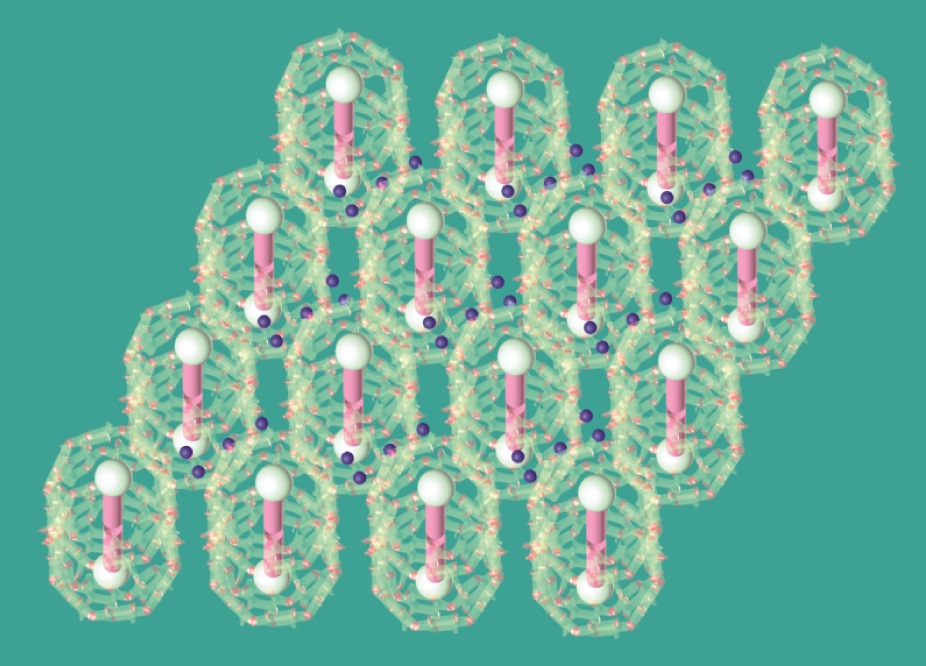
Sleuthing Their Way to Discovery with a New Microscope
Researchers develop the new “transient vibrational sum-frequency generation microscope,” giving them a thorough view of molecular systems—not just single traits of molecules.
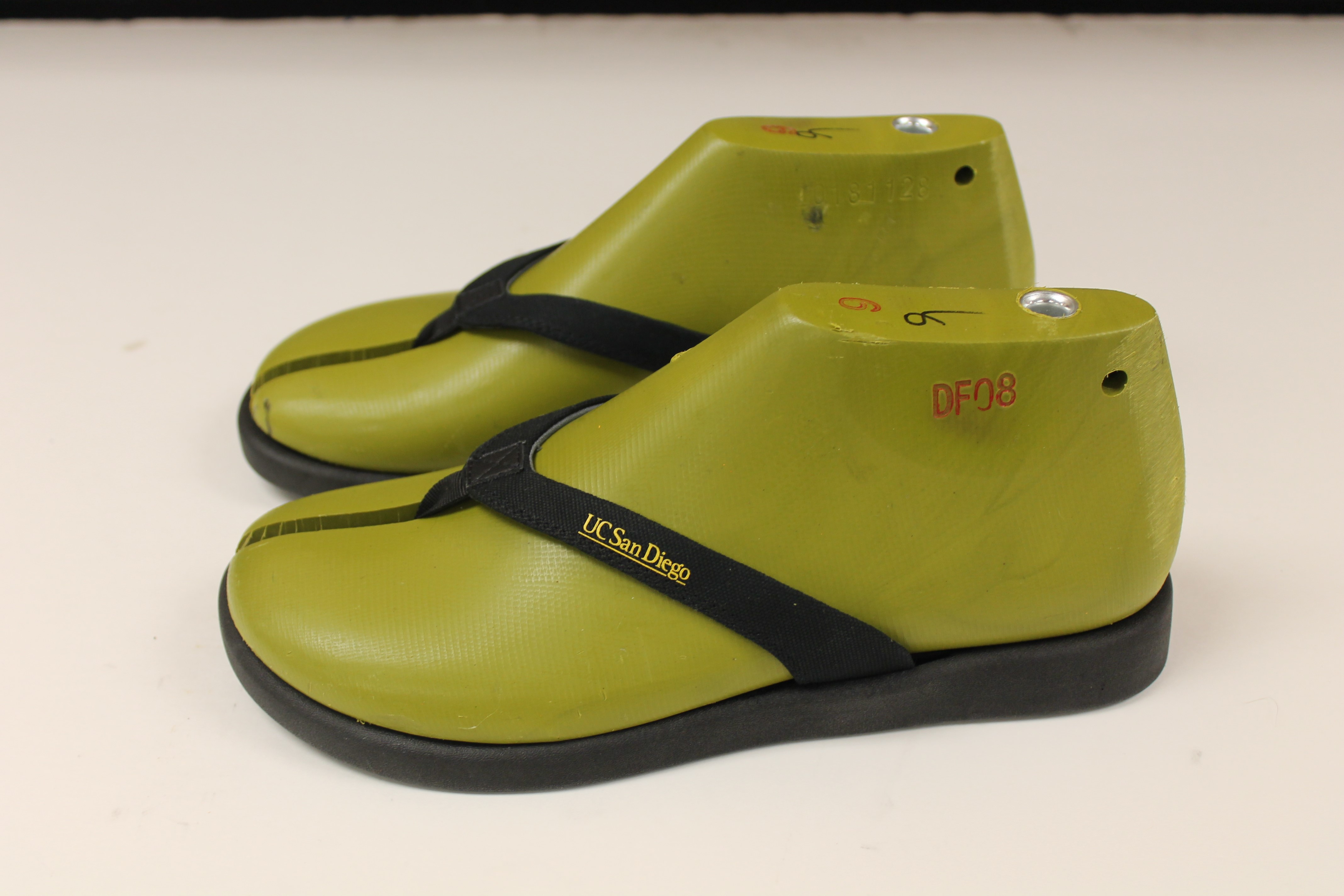
New Science Behind Algae-based Flip-flops
UC San Diego researchers formulated polyurethane foams, made from algae oil, to meet commercial specifications for midsole shoes and the foot-bed of flip-flops. Their latest result, in a series of recent research publications, offers a complete solution to the plastics problem—at least for polyurethanes.
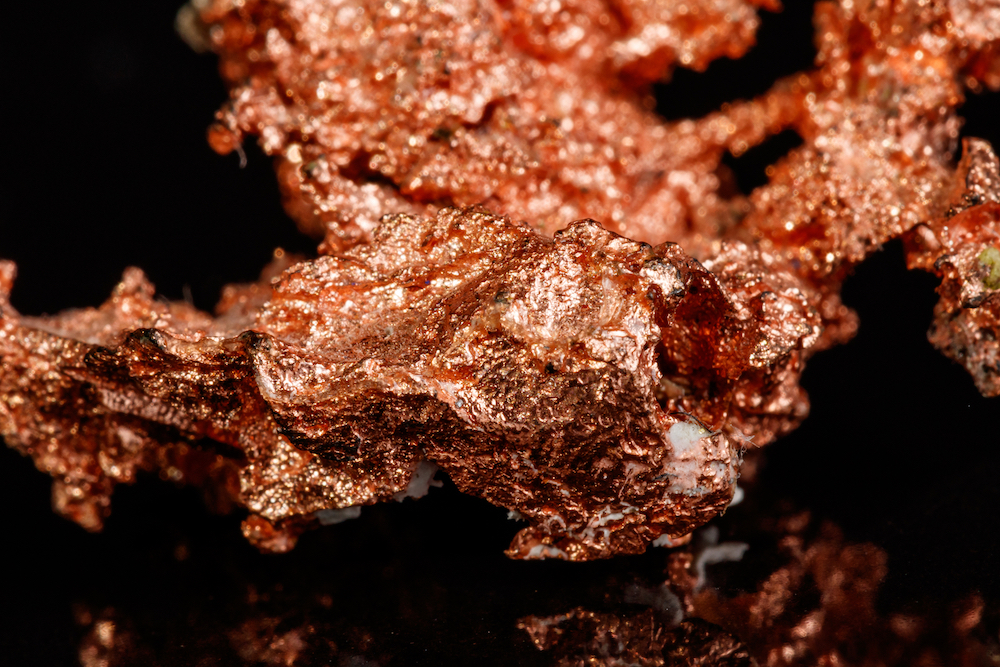
The Secret to Renewable Solar Fuels is an Off-and-On Again Relationship
Copper that was once bound with oxygen is better at converting carbon dioxide into renewable fuels than copper that was never bound to oxygen, according to scientists at Berkeley Lab and Caltech.
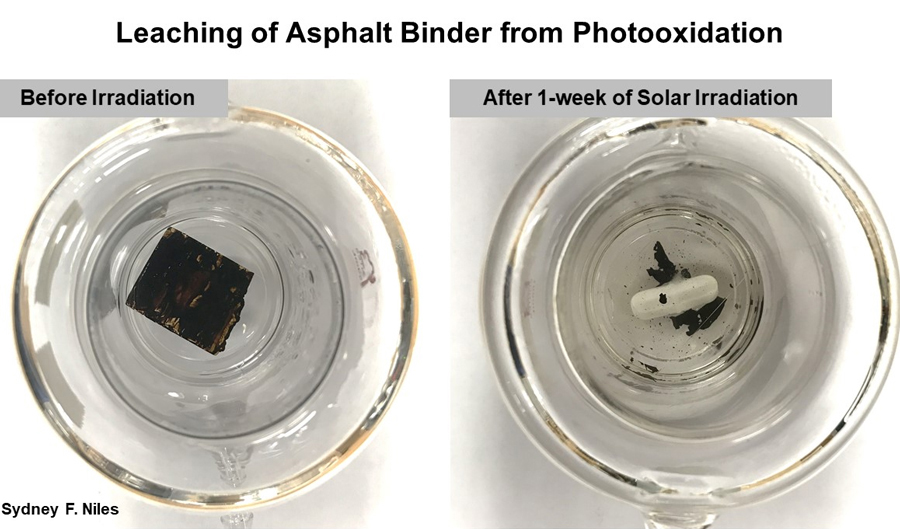
FSU researchers find sun and rain transform asphalt binder into potentially toxic compounds
Chemists at the Florida State University-headquartered National High Magnetic Field Laboratory shows that asphalt binder, when exposed to sun and water, leaches thousands of potentially toxic compounds into the environment. The study was published in the journal Environmental Science & Technology.

Chemical evidence of dairying by hunter-gatherers in highland Lesotho in the first millennium AD
After analysing organic residues from ancient pots, a team of scientists led by the University of Bristol has uncovered new evidence of dairying by hunter-gatherers in the landlocked South African country of Lesotho in the mid-late first millennium AD.
Scientists learn how to make oxygen “perform” for them
Chemists have figured out how to keep “the wave” of one particular isotope of oxygen – among the most abundant elements on the planet and a crucial building block for materials like glass and ceramics – going during nuclear magnetic resonance spectroscopy long enough to learn some things about its structure and function.